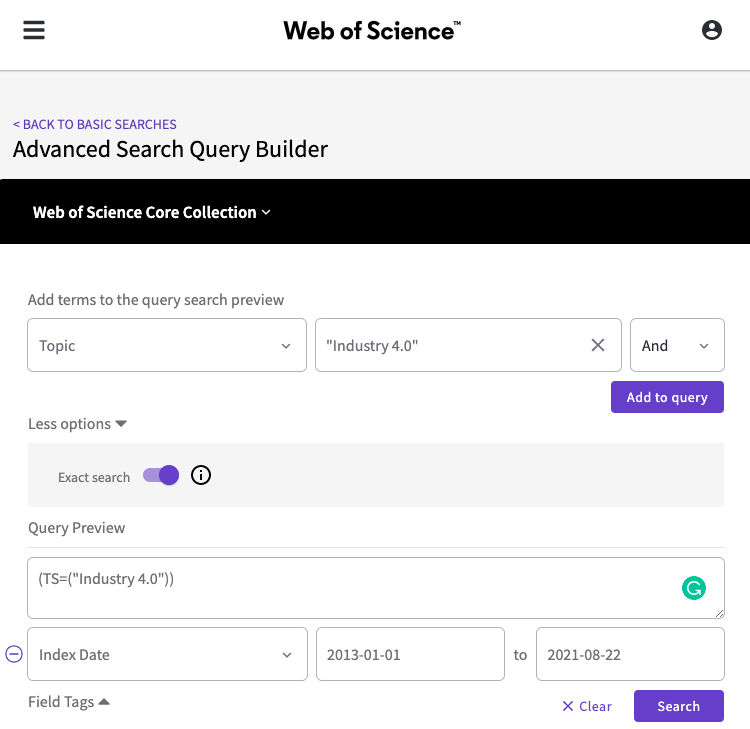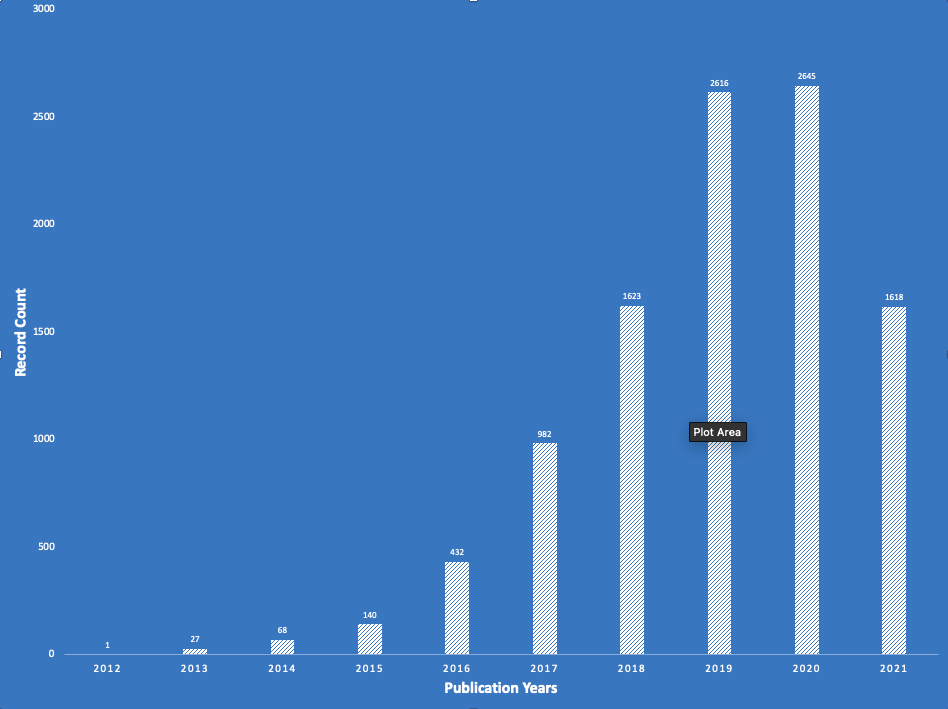In 2016, Klaus Schwab, founder of the World Economic Forum, stated in a self-published article that we stand on the brink of a technological revolution that will fundamentally alter the way we live, work, and relate to one another. In its scale, scope, and complexity, the transformation will be unlike anything humankind has experienced before. We do not yet know just how it will unfold, but one thing is clear: the response to it must be integrated and comprehensive, involving all stakeholders of the global polity, from the public and private sectors to academia and civil society.
He further stated that Industry 4.0, also known as The Fourth Industrial Revolution is characterized by a fusion of technologies that is blurring the lines between the physical, digital, and biological spheres. In addition, a research I recently conducted provided further understanding of what Industry 4.0 is. This is described below especially for those who don’t know what the term means.
What is Industry 4.0?
The term “Industry 4.0” became a widely known term during 2011 when an initiative named “Industrie 4.0” was introduced to strengthen the competitiveness of the German manufacturing industry. The initiative was supported by the German federal government by announcing that it will be an integral part of its “High-Tech Strategy 2020 for Germany“.
The aim of this strategy is to secure the future of the German manufacturing industry; make Germany’s economy a leading space for technological innovations; and drive solutions to both national and global challenges. As a result, the first article on the foundations for Industry 4.0 was published in 2013 by Kagermann et al. It was developed by the “Industrie 4.0 Working Group” where they gave recommendations for the implementation of Industry 4.0 in German manufacturing industries. Since then, the topic of Industry 4.0 has been gaining attention all over the world, especially in major economies such as Europe, the US, and Asia, and in big organizations such as Honeywell, IBM, Siemens, to name a few, who have been investing heavily in Industry 4.0 related technologies.
In addition, several articles have different definitions of the term Industry 4.0. For instance, Kagermann et al., (2013) describe Industry 4.0 as the integration of Cyber-Physical Systems (CPS) into manufacturing and logistics, and the use of the Internet of Things (IoT) and Services (IoS) in industrial processes. This will have implications for value creation, business models, downstream services, and work organization. Kiel et al., (2017) refer to Industry 4.0 as the integration of IoT technologies into industrial production, which results in the digitized connection of industrial value creation. Additionally, Lasi et al., (2014) define Industry 4.0 as a future project that can be defined by two development directions. On the one hand, there is a huge application-pull, which includes a remarkable need for change due to changing operative framework conditions such as general social (e.g. sustainability), economic (e.g. cost efficiency), and political changes. On the other hand, there is an exceptional technology-push in industrial practice such as automation, digitalization, miniaturization, and networking.
The point here is the term is complex to define and, there is currently no commonly agreed-upon definition of Industry 4.0. As an emerging field, the concept of Industry 4.0 is still quite fuzzy among researchers and practitioners. However, Industry 4.0 is mainly focused on creating smart technologies, products, procedures, and processes.
Current State of Industry 4.0 in Scientific Publications
To make a meaningful analysis of the current state of Industry 4.0 related publications, it is important to understand how the term Industry 4.0 has grown over the years in publications. The Web of Science database was surveyed, with a focus on scientific articles published between the years 2013 and 2021. For specific focus, only the articles with Industry 4.0 as its topic is included in the past and current state of the publications.
These were chosen because Web of Science (previously known as Web of Knowledge) is a global database that contains multidisciplinary content from the world’s most trusted global publication database which is very useful for gathering intelligence on researches. Likewise, 2013 was selected because, as stated earlier, that is the year the first article on the topic of Industry 4.0 was published.
Advanced Search Strategy in Web of Science Database
To get the appropriate publications, the advanced search query builder was used. The image below shows the search strategy used.

This provided 10,152 results from the Web of Science Core Collection for the topic, Industry 4.0.
Analysis of Search Results
Web of Science Categories
These categories refer to Industry 4.0’s related fields. There are more than 100 related fields of publications on the topic of Industry 4.0. However, only the top 10 related fields are analyzed. The field with the most publications is Engineering Electrical Electronic with 1,709 articles currently. This is followed by Engineering Manufacturing with 1,469; Engineering Industrial with 1,459; Automation Control Systems with 1,258; Computer Science Information Systems with 1,231; Computer Science Theory Methods with 1,037; Computer Science Interdisciplinary Applications with 874; Telecommunications with 832; Computer Science Artificial Intelligence with 827; and Management with 746 publication counts.
These results show that the publications on the topic of Industry 4.0 are still heavily focused on the manufacturing (or technology development) aspect of smart technologies, products, procedures, and processes. However, over the years, advancements have been made into Industry 4.0 enabled applications in various industries such as computer science, telecommunications, artificial intelligence, and business management in general. Furthermore, although not part of the top 10 related fields, other fields such as green sustainable science technology, economics, environmental science, business finance, food science technology, law, architecture, sociology, art, and even international relations are gaining traction with respect to publications on the topic of Industry 4.0.
Industry 4.0’s Publication Years
In 10 years (2012 – 2021), the publications on the topic of Industry 4.0 have grown from just 1 in 2012 to a record count of 1,618 currently in 2021. This is shown in the chart below.

There is no doubt that the topic of Industry 4.0 is still growing. This is the current state of the related publications. As you may have deduced, we are still in the early stages of the Fourth Industrial Revolution. 10 years is relatively short compared to what the world can achieve with Industry 4.0 in various industries. As someone who is highly interested in technological advancements, I am paying close attention (and contributing) to the topic of Industry 4.0, especially those related to Digital Transformation in the field of business, management, economics, and water resources






